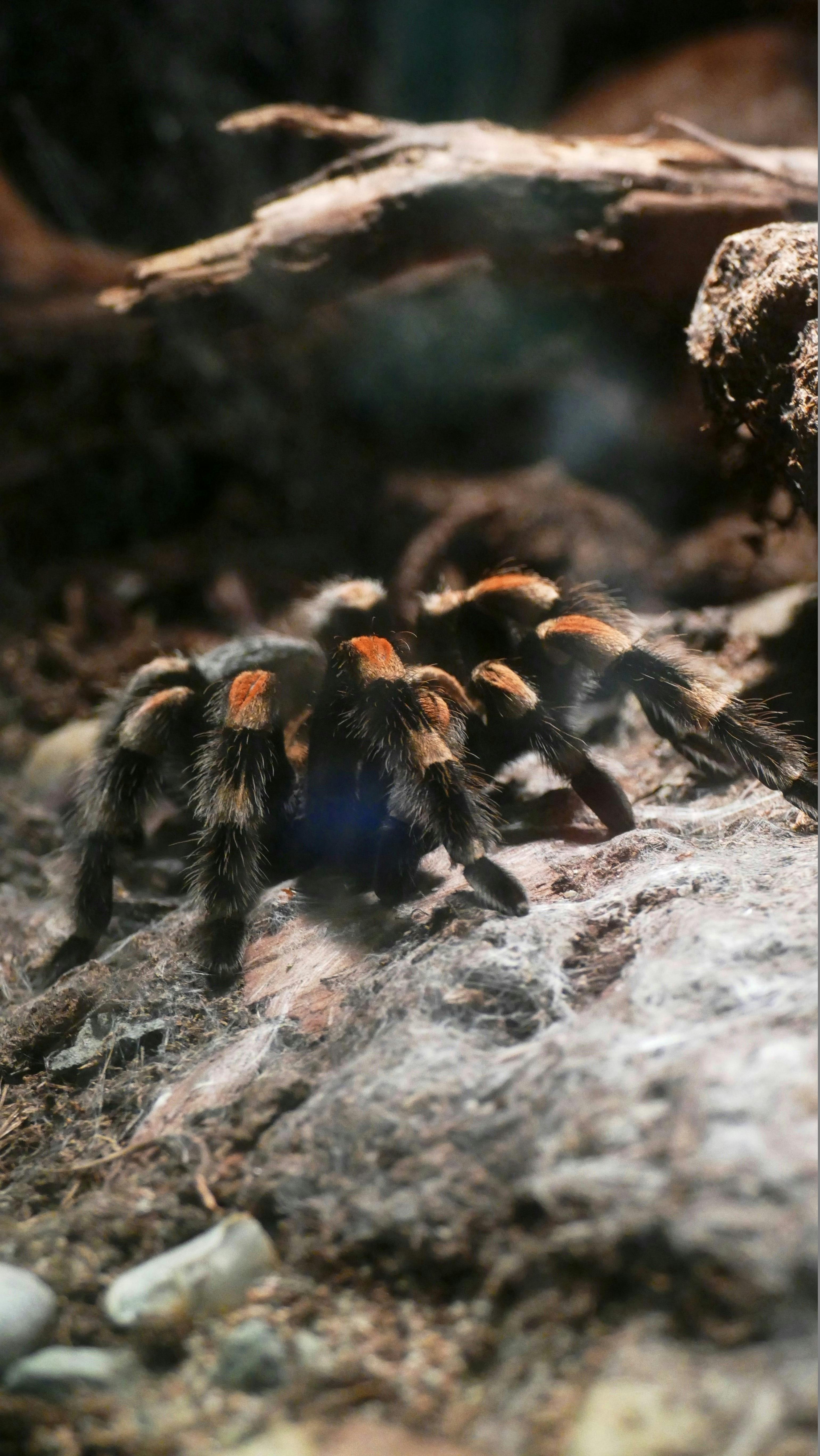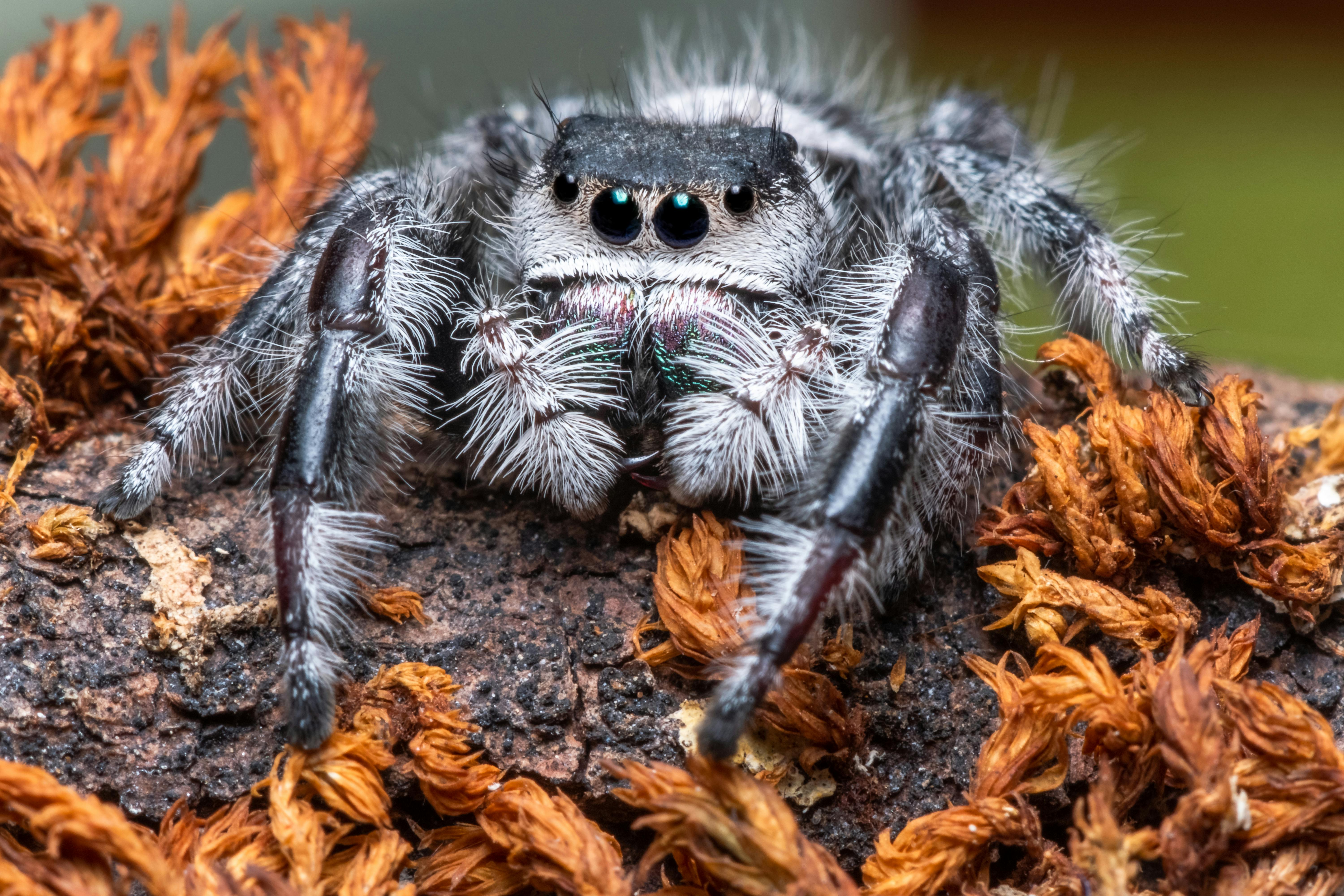Have you ever wondered what factors contribute to the risk of tarantula parasitism? In the fascinating world of tarantulas, there is much to uncover about their intricate relationship with their environment. This article delves into the specifics, exploring whether certain environmental factors can heighten the chances of tarantulas falling victim to parasites. Get ready to unravel the secrets of tarantula parasitism and gain a deeper understanding of the delicate balance between these creatures and their surroundings.

Introduction
Tarantulas are fascinating creatures that captivate the imagination with their hairy bodies and venomous fangs. These large, nocturnal spiders have intrigued scientists and nature enthusiasts for centuries. However, as with many species in the animal kingdom, tarantulas are not immune to the threat of parasites. Tarantula parasitism is a phenomenon that occurs when certain organisms, known as parasites, exploit the resources and vulnerabilities of tarantulas for their own benefit. In this article, we will explore the definition of tarantula parasitism, examine the types of parasites that target tarantulas, discuss the environmental factors that influence parasitism, delve into case studies on tarantula parasitism, explore the relationship between tarantula parasitism and climate change, look into preventive measures and conservation efforts, and outline future research directions in this fascinating field.
Definition of Tarantula Parasitism
Tarantula parasitism refers to the relationship between tarantulas and parasites, where the parasitic organisms exploit the tarantulas as hosts in order to complete their life cycles. These parasites can be either internal, residing within the tarantula’s body, or external, taking advantage of the tarantula’s external resources. The parasitic organisms feed on the tarantula’s bodily fluids or tissues, potentially causing harm or even death to the host.

Overview of Tarantulas
Tarantulas are found in various habitats around the world, from deserts to rainforests. These spiders are known for their distinctive appearance, with large bodies covered in dense hair and formidable fangs. Tarantulas are generally nocturnal creatures, hunting for prey at night and seeking shelter during the day. They have well-developed sensory organs, including specialized hairs on their legs that enable them to detect vibrations and movements in their surroundings.
Tarantulas exhibit a wide range of species diversity, with over 900 known species worldwide. They can be found in different regions, including the Americas, Africa, and Asia. Each species displays unique characteristics, such as varying size, coloration, and behavior. Some tarantulas are arboreal, living in trees and using their agility to navigate the branches, while others are terrestrial, dwelling on the ground or in burrows. They play a crucial role in their ecosystems as both predators and prey, contributing to the balance of nature.
Types of Tarantula Parasitism
Tarantula parasitism can occur internally or externally, depending on the nature of the parasite and its life cycle. Internal parasitism refers to the presence and development of parasites within the body of the tarantula. These parasites can be protozoans, nematodes, or even other arthropods. External parasitism, on the other hand, involves parasites that reside on the outside of the tarantula’s body, such as mites or parasitic wasps.

Environmental Factors Exploited by Parasites
Parasites are opportunistic organisms that exploit specific environmental factors to ensure their survival and successful parasitism. Several factors influence the prevalence and impact of tarantula parasitism, including temperature, humidity, host density, and habitat alteration.
Temperature plays a crucial role in the life cycle of both tarantulas and their parasites. The survival and reproductive success of parasites often depend on certain temperature ranges. Changes in temperature conditions can affect the parasites’ ability to thrive, potentially leading to variations in parasitic infection rates among tarantula populations.
Humidity levels also impact the prevalence of parasitism in tarantulas. Some parasites thrive in moist environments, while others prefer drier conditions. Tarantulas living in regions with higher humidity may be more susceptible to certain parasites, while those in drier climates may face different parasitic threats.
Host density, or the number of tarantulas within a given area, can influence the transmission and spread of parasites. Higher host densities increase the likelihood of encounters between infected and uninfected individuals, facilitating the transfer of parasites. Additionally, crowding can weaken the immune systems of tarantulas, making them more susceptible to parasitic infections.
Habitat alteration, such as deforestation or urbanization, can also affect the risk of tarantula parasitism. Changes to the natural environment can disrupt the ecological balance and lead to the loss of essential resources for both tarantulas and their parasites. This disruption can have cascading effects on the prevalence and impact of parasitic infections.
Case Studies on Tarantula Parasitism
Several studies have been conducted to understand the dynamics of tarantula parasitism and its relationship with environmental factors. Let’s explore three notable case studies that shed light on this intriguing topic.
Study 1: Impact of temperature on parasitic infection rate
In a study conducted in the Amazon rainforest, researchers examined the relationship between temperature fluctuations and the prevalence of parasitic infections in tarantulas. They found that higher temperatures correlated with increased rates of parasitic infection. Warmer temperatures may enhance the reproductive success and survival of parasitic organisms, leading to a higher burden of infection on the tarantula population.
Study 2: Effect of habitat alteration on parasitism risk
Another study focused on the impact of habitat alteration on the risk of tarantula parasitism. Researchers compared tarantula populations in a pristine forest and an area that had undergone deforestation. They discovered that the deforested area had a higher prevalence of parasitic infections among the tarantulas. The loss of natural habitat and disruption of ecological processes may have reduced the tarantulas’ resilience to parasitic attacks, making them more vulnerable to infections.
Study 3: Influence of host density on parasite prevalence
A study conducted in a tarantula-rich region aimed to understand the relationship between host density and parasite prevalence. Researchers surveyed different sites with varying tarantula populations and collected data on parasitic infections. The results revealed that areas with higher host densities had a higher prevalence of parasitic infections. This suggests that the density of tarantulas within an ecosystem plays a significant role in the transmission and spread of parasites.

Relationship Between Tarantula Parasitism and Climate Change
Climate change poses potential risks to tarantula populations and their interactions with parasites. As global temperatures rise, the distribution and abundance of both tarantulas and their parasites may be affected. Shifts in temperature ranges and altered humidity conditions can disrupt the delicate balance between hosts and parasites, potentially leading to changes in parasitic infection rates.
The implications of climate change on tarantula parasitism are multifaceted. Parasites that thrive in warmer conditions may expand their range and infect tarantula populations that were previously unaffected. Conversely, parasites adapted to colder environments may face challenges as their preferred habitats become less suitable. These changes in parasitic dynamics can have cascading effects on the health and survival of tarantulas, potentially impacting entire ecosystems.
Preventive Measures and Conservation Efforts
To mitigate the impact of tarantula parasitism and promote the conservation of these unique creatures, various preventive measures and conservation efforts can be implemented. Monitoring and surveillance programs can help track the prevalence and impact of parasitic infections in tarantula populations. By collecting data on infection rates and patterns, researchers can identify areas of concern and develop targeted strategies to mitigate the spread of parasites.
Preserving natural habitats is vital for the long-term conservation of tarantulas and their interactions with parasites. Maintaining intact ecosystems provides the necessary resources and conditions for tarantulas to thrive, reducing their susceptibility to parasitic infections. Efforts to protect and restore habitats, such as reforestation projects and the establishment of protected areas, can contribute to the preservation of tarantulas and their ecological roles.
Reducing human-induced disturbances in tarantula habitats is also crucial for minimizing the risk of parasitism. Human activities, such as deforestation, urbanization, and pollution, can disrupt the natural balance and increase the vulnerability of tarantulas to parasites. Implementing sustainable practices and raising awareness about the importance of conservation can help reduce these disturbances and protect tarantula populations.

Future Research Directions
While significant progress has been made in understanding tarantula parasitism, there are still many avenues for future research. Further efforts are needed to identify specific parasites that affect tarantulas, including their life cycles, behavior, and impact on host health. Understanding the mechanisms of parasitic infection in tarantulas can provide valuable insights into host-parasite interactions and potential strategies for intervention or prevention.
Evaluating the long-term impacts of parasitism on tarantula populations is another important research direction. Longitudinal studies that track populations over extended periods can shed light on the cumulative effects of parasitic infections on tarantula health and dynamics. This knowledge can inform conservation strategies and aid in the management of tarantula populations in the face of parasitic threats.
Conclusion
Tarantula parasitism is a fascinating field of study that explores the intricate interactions between tarantulas and parasites. These creatures, with their unique adaptations and ecological importance, face the threat of parasitic exploitation. Understanding the environmental factors that influence tarantula parasitism is essential for effective conservation and management strategies. Through ongoing research, monitoring, preservation of natural habitats, and efforts to reduce human disturbances, we can ensure the long-term survival and well-being of tarantulas in their diverse habitats.